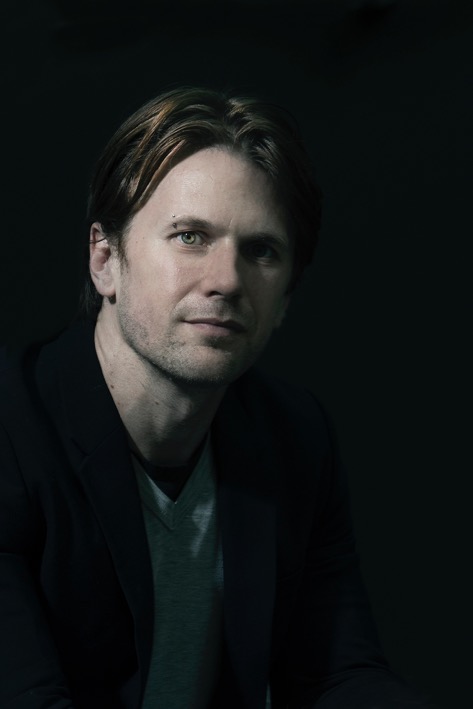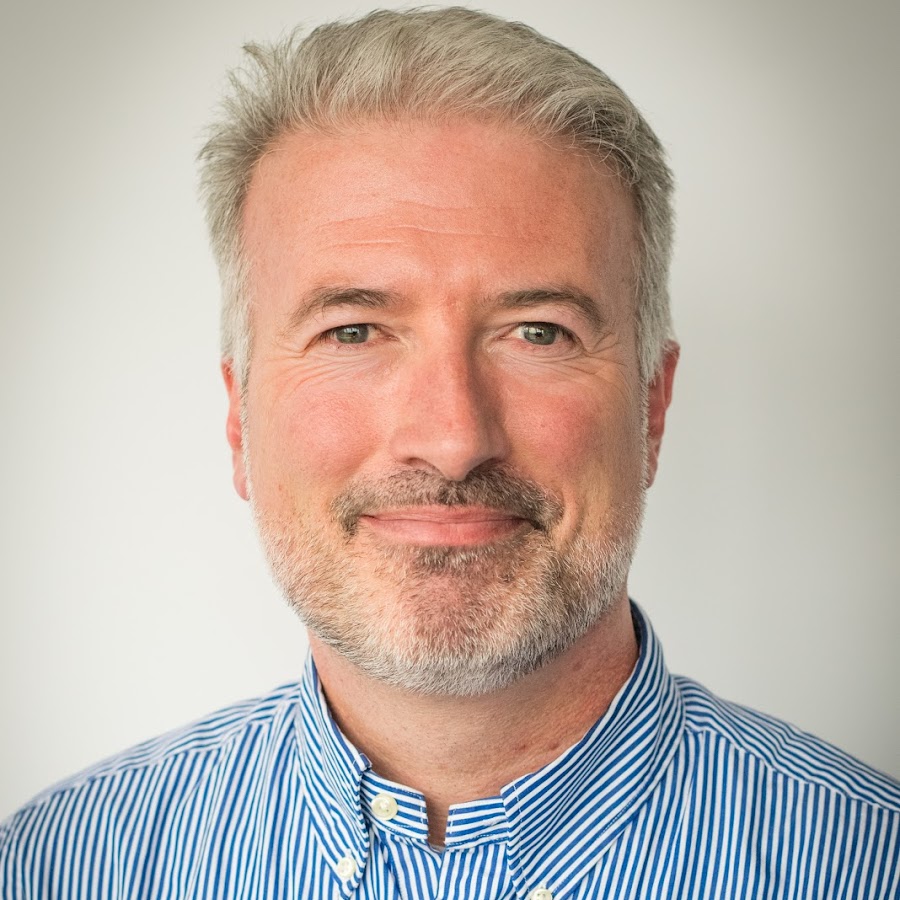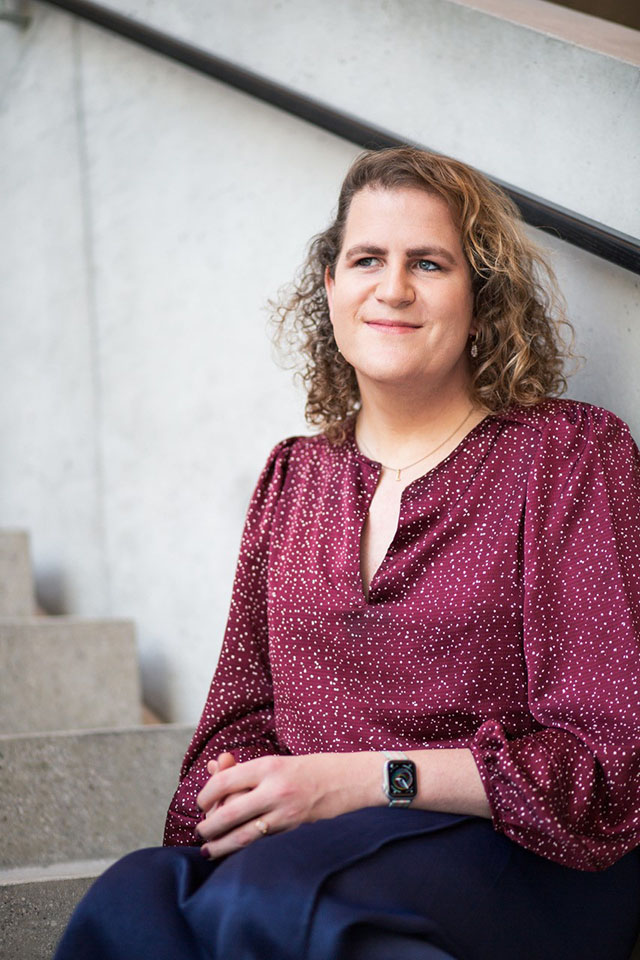Physics booming at UM
Maastricht University (UM) is gearing up to conduct more research in the area of fundamental physics. “The aim is to put UM on the map as a physics institute, in the eyes of other researchers as well as the general public,” says Gideon Koekoek, who joined UM’s research group on gravitational waves in 2017. “The construction of the Einstein Telescope in South Limburg between 2020 and 2030 could, if it eventuates, have an enormous impact from a technological perspective, but also socioeconomically.”
Physics is a relatively new field at UM. The Maastricht Science Programme (MSP) has been running successfully since 2011, offering a broad-based bachelor’s programme in the natural sciences. Until recently, however, the programme was not linked to ongoing research in fundamental physics, such as that on gravitational waves. That changed a year ago, when UM joined forces with the National Institute for Subatomic Physics (Nikhef) in Amsterdam. Research on gravitational waves is set to provide a treasure trove of new information about the universe for decades to come. By investing in this research, UM will be able to position itself as a key player in this important new field.
Revolutionary observation
According to Koekoek, an MSP lecturer in theoretical physics, recent years have seen a boom in research on gravitational waves. This can be traced back, at least in part, to the announcement in 2016 that gravitational waves originating from black holes in the process of merging had been measured for the first time. A revolutionary observation for which its discoverers, Rainer Weiss, Kip Thorne and Barry Barish, were awarded the Nobel Prize in Physics the following year.
Albert Einstein
“The basis for this Nobel Prize was laid over a hundred years ago by Albert Einstein,” Koekoek explains. “In 1916 he posited that heavy objects such as stars not only distort spacetime – as described in his theory of relativity – but can also cause waves, which travel at the speed of light through the universe. He wasn’t convinced we’d ever be able to measure these gravitational waves; the effect is too small for that.” Einstein turned out to be both right and wrong. “We now know that gravitational waves exist and that they are measureable, a discovery that a few years ago shook the world to its very foundations. It paved the way for a new research field and gave scientists the tools to explore the universe in an entirely new way. At UM, naturally we’re keen to get involved.”

Gideon Koekoek (1979) graduated cum laude in theoretical physics at the Vrije Universiteit Amsterdam. He obtained his PhD on gravitational waves under Professor Jo van den Brand in the VIRGO group at the National Institute for Subatomic Physics (Nikhef) in Amsterdam. He previously worked as a physics teacher at a high school in Amsterdam Zuid and as a lecturer at Leiden University. For several years he also delivered a technically advanced series of lectures at VU Amsterdam. Since 2017, he has been an assistant professor at UM, where he conducts research on gravitational waves in collaboration with Nikhef and lectures on theoretical physics at the Faculty of Science and Engineering.

Underground laboratory
To measure gravitational waves with the greatest possible precision, a new tool is needed: the Einstein Telescope. The Limburg municipality of Heuvelland is, along with Hungary and the Italian island of Sardinia, among the top three potential locations for the telescope, which is to be built in the form of a prestigious laboratory on a vibration-free site 100 metres underground, with tentacles stretching out some 10 kilometres. In cooperation with a large number of academic partners, including UM, a lobby has been established and is working day and night to bring the Einstein Telescope to South Limburg.
Strong contender
According to Koekoek, the good soil composition in South Limburg makes the region a strong contender. “Bringing the Einstein Telescope here would give a boost to the entire region. Not only from a scientific perspective, but also socioeconomically. It will create jobs and attract researchers. Internationally, more than a thousand scientists are collaborating on the research into gravitational waves. If, somewhere between 2020 and 2022, the choice is made to establish the telescope in Limburg, that will add enormous value to the region which will also reflect favourably on UM. The faculty would immediately be linked with the world’s highest quality science and technology, meaning it would no longer be possible for the scientific leaders of the world to get around Maastricht.”
Maastricht University officially joined the Einstein Telescope Coalition of Nikhef and KU Leuven. The coalition will investigate the scientific and technological feasibility of establishing the Einstein Telescope in the border region around South Limburg.
During the Einstein Telescope meeting on September 13th in Maastricht, UM and the other partner universities signed: RWTH Aachen, UCL Louvain, Hasselt, Ghent, Antwerp, VUB Brussels, ULB Brussels, Liege, Radboud University Nijmegen, TU Eindhoven and Hamburg.
Depth and breadth
Koekoek is convinced that UM will make an important contribution to the research on gravitational waves in the coming years. “Our ambition is to better connect with current research around the world in the field of fundamental physics. The foundation of the Faculty of Science and Engineering in May this year will also help us to expand the depth and breadth of our teaching and research.” In addition, UM is now a member of the LIGO/Virgo Collaboration, the international team of academics leading the research on gravitational waves. The international LIGO/Virgo conference was held in Maastricht in early September, hosted by UM. “We’re just getting started,” Koekoek says. “But soon, nobody will turn their noses up at our physics.”
Also read
-

Frederik Claasen, the head of policy at our partner organisation Solidaridad Network on the opportunities and obstacles facing smallholder farmers in their data ecosystems.
-
After several rocky years, Maastricht University alum Lea Vink has found her feet in Vienna. Professionally, she is taking new steps at the crossroads of aviation and organisational psychology. And on a personal level, luck has smiled on her since her transition from man to woman.
-
Computers are already capable of making independent decisions in familiar situations. But can they also apply knowledge to new facts? Mark Winands, the new professor of Machine Reasoning at the Department of Advanced Computing Sciences, develops computer programs that behave as rational agents.

